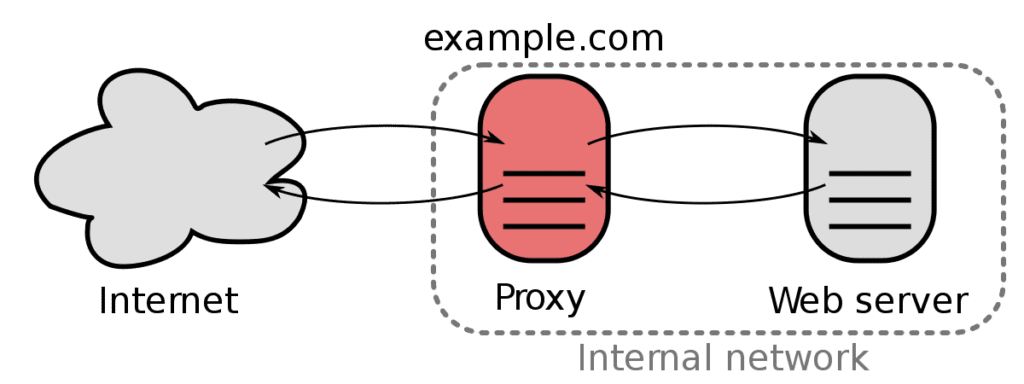Introducing Reverse Proxy Servers

Provides a brief introduction to reverse proxy servers and how they work.
A reverse proxy is a type of proxy server that sits in front of backend servers and forwards client requests to those servers. Reverse proxies help increase scalability, performance, resilience, and security.
Here are some of the benefits of using a reverse proxy:
- Load balancing: A reverse proxy can distribute the load from incoming requests to several servers, each supporting its application area. This can help improve performance and prevent any one server from becoming overloaded.
- Web acceleration: A reverse proxy can compress inbound and outbound data and cache commonly requested content, speeding up traffic flow between clients and servers.
- Security: A reverse proxy can help protect backend servers from direct access by clients. This can help prevent unauthorized access and mitigate the impact of attacks.
- Redirection: A reverse proxy can redirect client requests to different servers based on the client’s IP address, browser type, or other criteria. This can be used to improve performance and security or to implement different content delivery strategies.
Some examples of reverse proxies include NGINX, Apache, and HAProxy.
Here is an example of how a reverse proxy works:
- A client sends a request to the reverse proxy.
- The reverse proxy determines which backend server to forward the request to.
- The reverse proxy forwards the request to the backend server.
- The backend server processes the request and returns a response to the reverse proxy.
- The reverse proxy returns the answer to the client.